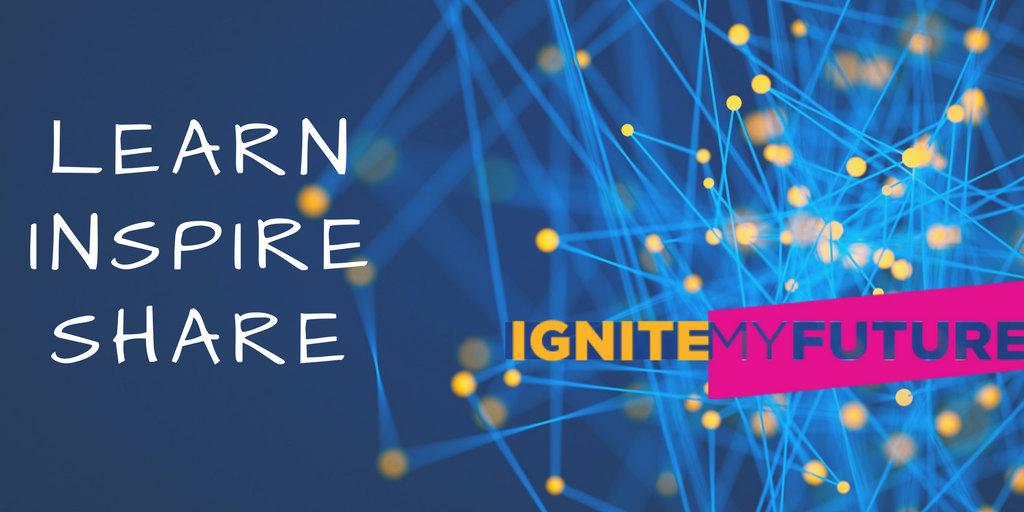Making Connections: From Classroom to Career

By Nathaniel Wallace, M.A.T.L.T., M.A., Media Arts & Technology Teacher, Prince George’s County Public Schools
Efforts to equip students for college and career readiness are beginning earlier and earlier in the classroom. A 2015 Gallup poll of one million students in the U.S. found that only half reported feeling engaged in school, and one-fifth feel actively disengaged. These statistics show a disconcerting lapse among curriculum, students and the reasoning behind why we teach what we teach.
Fortunately, many districts are making moves toward building connections in the classroom, showing students real-world applications of lesson plans. In my classroom, I focus on skills such as computational thinking to show students how what they are learning now can help them in a future career. This ideology can be applied to any subject, with the most important part being that we are exposing students to a variety of skills and showing the application across subjects and job industries. By encouraging the exploration of career options, learners are being inspired and empowered to choosing their own path.
Educators can spur student interest and boost confidence through a variety of resources and activities. In my district, we use Ignite My Future in School, a partnership between Tata Consultancy Services and Discovery Education, that helps inspire students through computational thinking. The program offers up a unique career vignettes resource that highlight diverse and dynamic people who have launched careers in computer science, design thinking and more through their passion for STEM, an interest that was ignited during their school years.
It’s incredibly valuable to connect with professionals and introduce them to students. There is an ‘aha!’ moment that occurs when students realize that what they are learning now can be used in a career later on. Students see these specialists as mentors who can share real-world advice on careers, industries and more.
Project-based instruction is a core part of my curriculum, and I’ve found major success by incorporating it into my lessons. Project-based learning is a way to help students develop knowledge and 21st century skills that they can then transfer into real-life situations. When students are given the opportunity to be hands-on, their interest increases tenfold. For example, one lesson that I’ve used combines bird watching with technology to form a well-rounded, deep learning experience that emphasizes inquiry and problem solving.
Ignite My Future provides an offering of Curriculum Connectors organized by the seven computational thinking strategies. Each of these Connectors identifies how professionals in various industries are using computational thinking in their careers, and how the skill links to a subject, such as science or social studies. Introducing students to a variety of subjects increases the chance that they’ll find something appealing that they’d like to explore further. As important as STEM is, I try to broaden the spectrum by showing how computational thinking can be applied to more than math and science, but to social studies and language arts too.
In our district, we highlight the importance of experimenting, repeating experiences and empower students in order to contribute to thriving communities. I want students to feel that they are able to learn about a skill without the pressure, and in turn, bolster their confidence in the subjects they find exciting. Through this, we can help students find where their interests lie, and potentially, help identify a future career.
For more information on Ignite My Future in School, please visit ignitemyfutureinschool.org.

